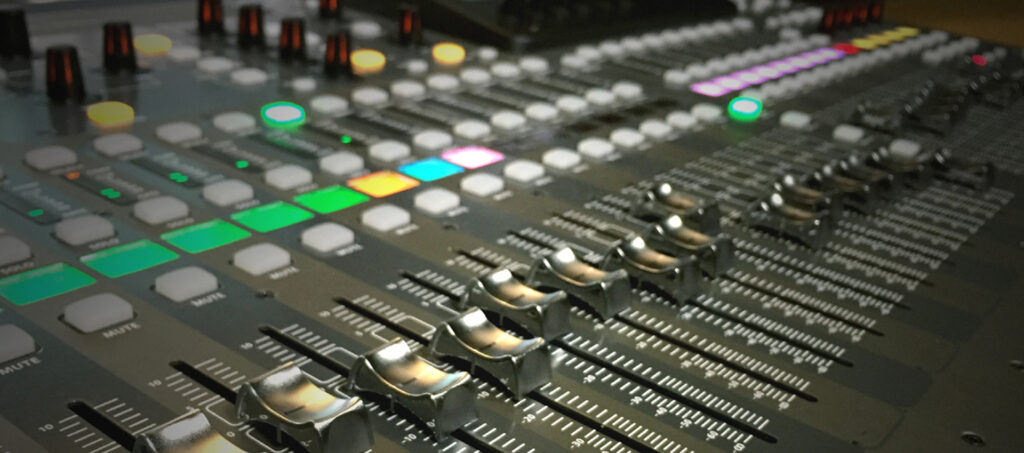6 Tips To Spice Up Your Digital Recordings With Analog Vibes – Score Music Tech
While digital audio recording provides a lot of benefits, nobody can deny the fact that the sound is always a bit sterile. While air fried chicken might taste good, it does lack the magic of traditionally fried chicken. Air popped popcorn can’t really taste great until you add some butter and salt to it. Making your digital tracks sound analog isn’t a completely scientific process. There are a lot of tools available for this and sound engineers can use it differently.
Clean vs Coloured Recordings
Before we get on with our tips, let’s discuss the age old debate first. There are two sides to this debate. Some engineers believe that they should record clean and add colour later while some believe that you should record with the colour that you want and layer tracks onto the finished sounds.
Both of these methods work in their own ways. They also come with their own flaws. While recording clean will give you the most options in the mix, the effects of emulation on cleanly recorded audio aren’t always exactly what you’re looking for. This doesn’t mean that emulations are bad on their own. It’s because you won’t be able to dial in the source for the coloration you’re going to add. Don’t forget, adding analog colouration in the mix and exploring options after recording takes up a lot of time.
It’s definitely quite beneficial to get analog vibes while you are recording but it doesn’t work for people with budget limitations. Digital is the dominant recording format these days. However, you don’t have to worry too much about it. There are a wide variety of affordable options for you to add analog vibes to your music mix. Here are some tips to help your digital recordings sound analog:
1. Plug-in Processor Emulations
Plug-in Processor Emulations at a Glance:
— Most sound very good
— Far less expensive than hardware
— Can be used on multiple tracks at once
— Instantly recall settings
— Automation support
2. Hardware Send/Return Loops
Hardware Send/Return Loops at a Glance:
— Benefits of analog circuitry
— Infinitely variable settings
— Can add cohesion to stems
— Inexpensive options available
— 500 Series modules let you create custom rigs
3. Harmonics Plug-ins
— Add analog flavor without directly emulating specific hardware
— Provide cohesiveness to your mix
— Tape emulation offers the darker punch of odd-order harmonics
— Console emulation tends to provide warm even-order tube/transistor harmonics
— Work wonderfully when used on every track or submix/stem
4. Summing Mixers
Summing Mixers at a Glance:
— Allow you to sum analog signals
— Unify the sound of your mix
— Introduce some harmonics that provide telltale analog character
— Work well with track plug-ins and other processors used in mixing
— Options include summing amps and specialized mixers
5. Analog Bus Processors
Analog Bus Processors at a Glance:
— Provide a uniform sound to your final 2-track mix
— Compressors and EQs are perfect for this process
— Specific finalizer or harmonics exciter processors available.
— Combine processors for better or more detailed effects
— You can get great results with even inexpensive gear
6. Finalizing/Mastering Plug-ins
An inexpensive yet effective alternative to hardware summing and bus processing, finalizing and mastering plug-ins like iZotope Ozone and Toontrack EZmix can comfortably take the digital sterility out of your mix. There are numerous plug-ins that are designed for this purpose and they can manage everything ranging from dynamics and EQ to harmonic exciters. Some things are as straightforward as using the correct limiter or multiband compressor on your mix bus.








